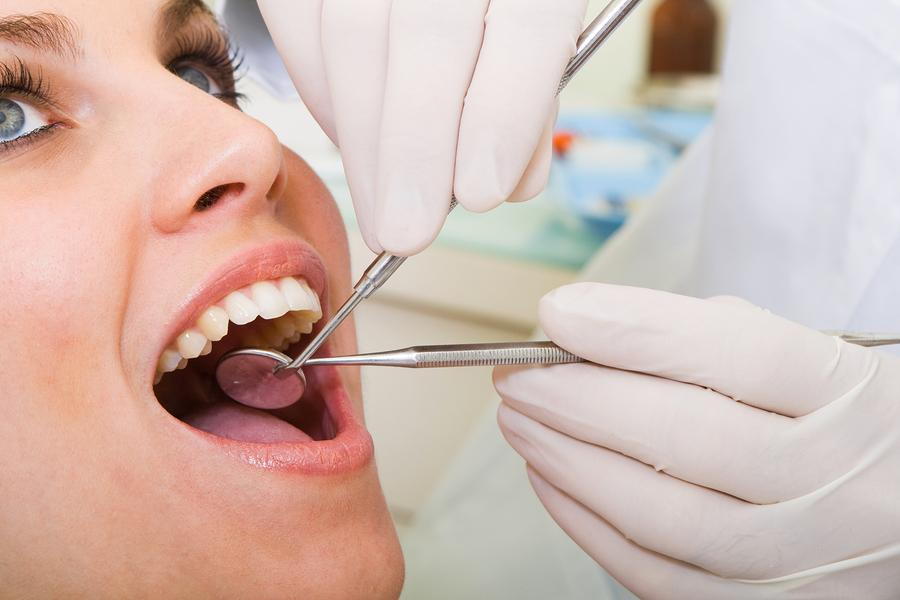
In recent years, dental health has transcended its traditional roots, becoming a fundamental pillar of overall well-being. What was once limited to basic 補牙價錢 and teeth cleaning has evolved into a comprehensive approach addressing everything from appearance to preventive care. This development is driven by rapid advancements in dental technology, an expanding increased exposure of personalized patient experiences, and an ever-deepening understanding of the bond between dental health and other physical systems. Dentists today have access to a wide array of diagnostic and treatment tools, from 3d imaging and cosmetic laser treatments to advanced biocompatible materials, enabling them to provide more effective and less intrusive solutions than previously.
One of the most significant changes in dental treatments is the integration of digital technology. Traditional thoughts, which could be uncomfortable for patients, have been largely replaced by digital scanners that induce precise 3d images of the teeth and gums. These digital models enhance accuracy in creating dental restorations such as caps, links, and dentures, and invite patients to see visual representations of their treatment plans. Furthermore, advanced CAD/CAM (computer-aided design and manufacturing) technology enables dentists to create custom-fitted restorations onsite, reducing wait times and improving the person experience.
Preventive care remains a building block of dental health, with routine examinations and cleanings playing an important role in maintaining by mouth hygiene and identifying potential issues early. However, preventive care now expands beyond the dentist’s chair, with a growing increased exposure of schooling patients about at-home practices. Proper scrubbing and flossing techniques, along with dietary advice, are tailored to each patient’s needs. Many dentists also use fluoride treatments and sealants to provide an extra layer of protection against cavities, for children who may be more susceptible to enamel decay.
For those dealing with missing or severely damaged teeth, dental implants have revolutionized the way dentists approach enamel replacement. Implants, which are small titanium posts surgically placed into the jawbone, serve as secure anchors for artificial teeth. They offer superior stability compared to traditional dentures and links, help maintain jawbone solidity, and blend faultlessly with natural teeth. Advances in implant technology, including well guided surgery and immediate load implants, allow patients to revive their huge smiles with minimal downtime and lasting results.
Cosmetic dental treatments in addition has seen considerable advancements, with treatments designed to increase the appearance of teeth and gums while promoting healthy by mouth structures. Teeth whitening, for instance, has become safer and more effective, with options like laser whitening and custom-fitted trays providing fast and noticeable results. Veneers, which are thin shells bonded to the front of teeth, can correct issues like tinting, chips, and misalignment. These aesthetic solutions not only improve the look of a patient’s smile but also boost their confidence and encourage positive dental health habits.
Orthodontics has appreciated technology through innovations such as clear aligners, which have transformed the way teeth are straightened. Unlike traditional metal braces, clear aligners are completely removable, nearly unseen, and customized to fit each patient’s teeth, making them a popular choice for both teens and adults. Digital planning allows orthodontists to develop a series of aligners that gradually shift teeth into place, often in a shorter time frame than conventional braces. This very discreet and convenient option underscores a trend towards personalized and flexible treatment plans in modern dental treatments.
The role of sedation dental treatments is increasingly recognized for its capacity to alleviate anxiety and discomfort in patients going through complex or lengthy procedures. Options range from mild sedatives to more comprehensive anesthesia methods, depending on the patient’s needs and the procedure’s intricacy. This method makes dental care more accessible for patients who might otherwise avoid treatment due to fear or past injury, thus increasing the reach of by mouth healthcare and improving overall patient satisfaction.
Benefit of early dental care for children cannot be overstated. Establishing a routine of dental examinations from a young age sets the inspiration for lifelong dental health. Pediatric dentists focus on schooling both parents and children on proper scrubbing and flossing techniques, diet, and hole prevention. Moreover, early visits allow for the timely identification and management of developmental issues, such as overcrowding or bite misalignments, which can lead to more complicated issues if left unaddressed.
Public awareness campaigns continue to highlight the bond between dental health and systemic health. Research has shown links between teeth disease and conditions like heart problems, diabetes, and the respiratory system issues, underscoring the requirement for comprehensive by mouth hygiene. By addressing these links, dental professionals play an essential role in the bigger healthcare landscape, advocating for practices that promote not only dental health but also overall wellness.
Looking ahead, the future of dental health promises even more exciting possibilities. Innovations such as regenerative dental treatments, which explores the potential for growing new teeth, and nanotechnology, which could deliver treatments at a cellular level, hint at a world where dental care is more effective and accessible than in the past. As these technologies continue to change, the field of dentistry will remain at the front of both preventive and regenerative healthcare, ensuring that people of all ages can enjoy healthy, beautiful huge smiles.